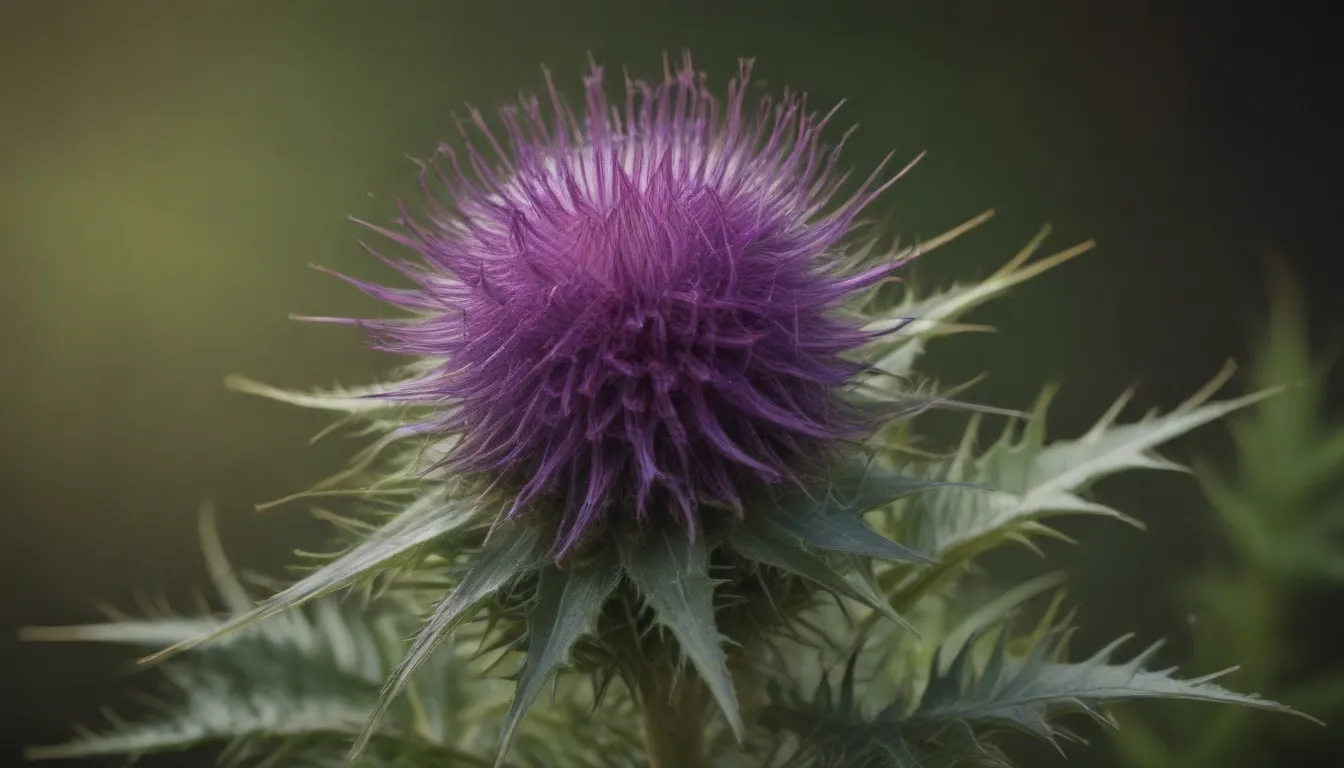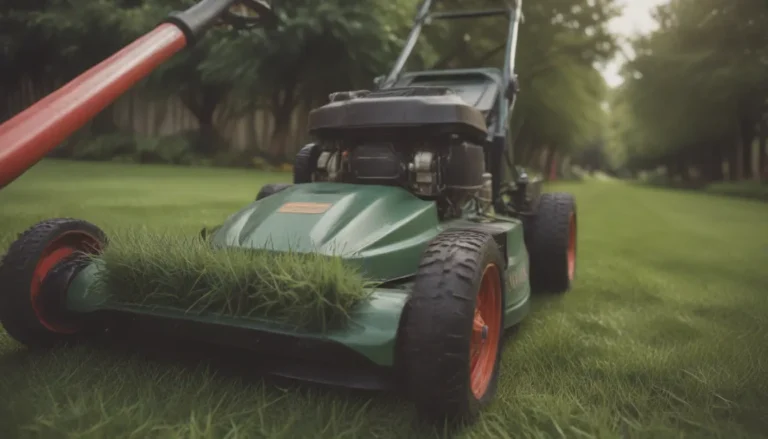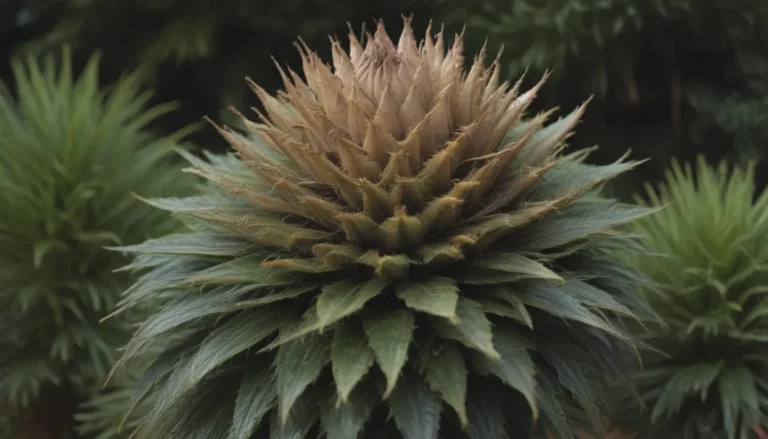Everything You Need to Know About Milk Thistle: Identification, Removal, and Prevention

If you’ve ever come across a plant with large, dark green leaves marbled with white, you might have encountered milk thistle. This invasive plant, native to the Mediterranean but now found in various parts of the United States, poses a threat to native vegetation and ecosystems. It is essential to identify, remove, and prevent the spread of milk thistle to protect the environment and wildlife.
Milk Thistle: An Invasive Species
Milk thistle is considered invasive in several states and listed as a noxious weed in others. Its ability to grow in diverse habitats, from rocky, dry locations to sandy or clay soils, makes it a formidable opponent to native plants. Not only does milk thistle outcompete other vegetation for resources like water and sunlight, but it also poses a risk to livestock due to its toxicity. With each plant capable of producing thousands of seeds that remain viable in the soil for years, controlling milk thistle is crucial to preserving ecosystems.
How to Identify Milk Thistle
Identifying milk thistle is relatively straightforward due to its unique features:
- Distinctive white marbling on dark green, hairless leaves
- Large leaves up to 20 inches long with spiny edges
- Basal rosette in the spring growing into a tall stem with a solitary purple flower
- Deep taproot enabling growth in dry soil
By recognizing these characteristics, you can differentiate milk thistle from other thistle species and take appropriate action to manage its presence.
How to Remove Milk Thistle
Removing milk thistle promptly is vital to prevent it from spreading further. Here are some effective removal methods:
- Hand pulling: For small patches, manually remove the plants, ensuring to wear protective gloves to avoid spines. Use a tool like a shovel for plants with deep taproots.
- Cutting off flowerheads: If milk thistles have flowered, cut off the flowerheads, bag them, and dispose of them in the garbage to prevent seed production.
- Herbicide application: In cases of heavy infestations, consider using a broadleaf herbicide in the spring before flowering. Follow label instructions carefully to ensure proper application and effectiveness.
By employing these removal strategies, you can control milk thistle infestations and protect your local environment.
How to Prevent Milk Thistle Reinfestation
After removing milk thistle, it’s essential to prevent its reestablishment by:
- Replanting the area promptly with dense-growing, well-adapted plants like native perennial grasses
- Monitoring the area for new seedlings and removing them as needed
- Consulting local native plant societies or nurseries for advice on suitable native plants to replace milk thistle
By taking proactive measures to prevent milk thistle from spreading, you can contribute to the preservation of native ecosystems and biodiversity.
In conclusion, while milk thistle may have historical medicinal uses, its invasive nature poses a threat to the environment and wildlife. By identifying, removing, and preventing the spread of this plant, you can help protect native vegetation and maintain ecological balance in your area. Stay informed, stay vigilant, and take action to combat the spread of milk thistle for a healthier, more sustainable environment.





